Manuka Honey
With so much being said, and so many claims being made, about Manuka honey, it’s easy to see why the very subject of what it really is can draw both interest and confusion. We’ve managed to weed through the countless articles to provide reputable data on Manuka honey so you can be informed on a product that is so shrouded in mystery.
So what is Manuka honey and why is it so unique?
Manuka honey is produced from bees that pollinate the specie of Leptospermum plant - better known as the Manuka bush. In Australia there are 86 species of the plant, NZ has one specie Scoparium. The Manuka bush originated in Australia, is native to both Australia and New Zealand, and can be identified by its plentiful white and pink flowers.
As for the honey itself, when compared to standard commercial honeys, it’s darker and thicker in appearance, with a more viscous texture. The aroma has heightened floral, earthy, and herbal notes while the taste has a mineral nature and bitterness that adds to its complexity.
Manuka honey has been used for centuries by indigenous cultures in both Australia and New Zealand. These uses, however, extended well beyond it’s ability to add flavour and complexity to food. They believed that Manuka honey could help with everything from treating burns, wounds, and infections, to relieving joint pain and inflammation.
Why Manuka honey?
So now that you know what Manuka honey is, the next questions is “why”. In a world full of low-cost, mass-produced honeys, why should you look at spending more on Manuka honey?
Because of what’s in it:
All honey, including Manuka honey, contains hydrogen peroxide. While that may sound like something to be avoided, it actually means that honey is a natural antibiotic. Where Manuka honey sets itself apart is that it also naturally contains high levels of methylglyoxal (“MGO”)1, which is another effective antibacterial compound.
Because of what’s NOT in it:
Manuka honey undergoes a testing regime that checks for adulteration of the product. The content of Manuka honey is identified and clearly stated so that you know what’s in each and every jar. Unfortunately the same can not be said for many commercialised honeys3. Many worldwide food regulatory bodies do not screen these honeys, resulting in repeated issues with contaminants being found, in some cases even illegal antibiotics being added to mimic the effect that real honey should have.
To support local beekeepers:
As the Manuka honey can only be produced from plants in Australia and New Zealand, every jar of Manuka honey sold supports local beekeepers and honey producers. With this, there’s more assurance that ethical practices are being used to produce, test and distribute Manuka honey.
To support the medical research:
As the problem of drug-resistant bacteria continues to grow in the medical industry, researchers are looking beyond conventional methods to find new ways to fight bacteria. Medical researchers see the potential in Manuka honey to stunt bacterial growth and have begun research to see if medical grade honey can be produced to ward off the next superbug2.
How do you know you’ve got Manuka honey?
The Australian Manuka Honey Association (AMHA) has recently established standards for qualifying and identifying Manuka honey4. This qualification will soon be presented in the form of an AMHA Mark of Authenticity on the packaging of certified Australian Manuka honey. The Mark of Authenticity certifies that the Manuka honey you’re holding satisfies all of the AMHA requirements, including5:
- the product was produced in Australia and tested by an independent approved laboratory,
- at least 85 mg/kg of methylglyoxal (MGO), with the exact value sometimes printed on the label,
- at least 50mg/kg of leptosperin, a unique compound found in Manuka honey
The Verdict
While the world waits to see if Manuka honey is the next big medical game-changer, it’s hard to deny the already existing benefits of its use. If you want quality, ethically and locally produced honey, Manuka should be your go-to.
References:
- https://www.webmd.com/a-to-z-guides/manuka-honey-medicinal-uses#1
- https://www.nhs.uk/news/medical-practice/bug-busting-properties-of-honey-assessed/
- https://www.foodsafetynews.com/2011/11/tests-show-most-store-honey-isnt-honey/
- https://thewest.com.au/business/agriculture/genuine-manuka-honey-makes-its-mark-ng-b881096451z
- https://www.manukaaustralia.org.au/quality-standards/criteria/



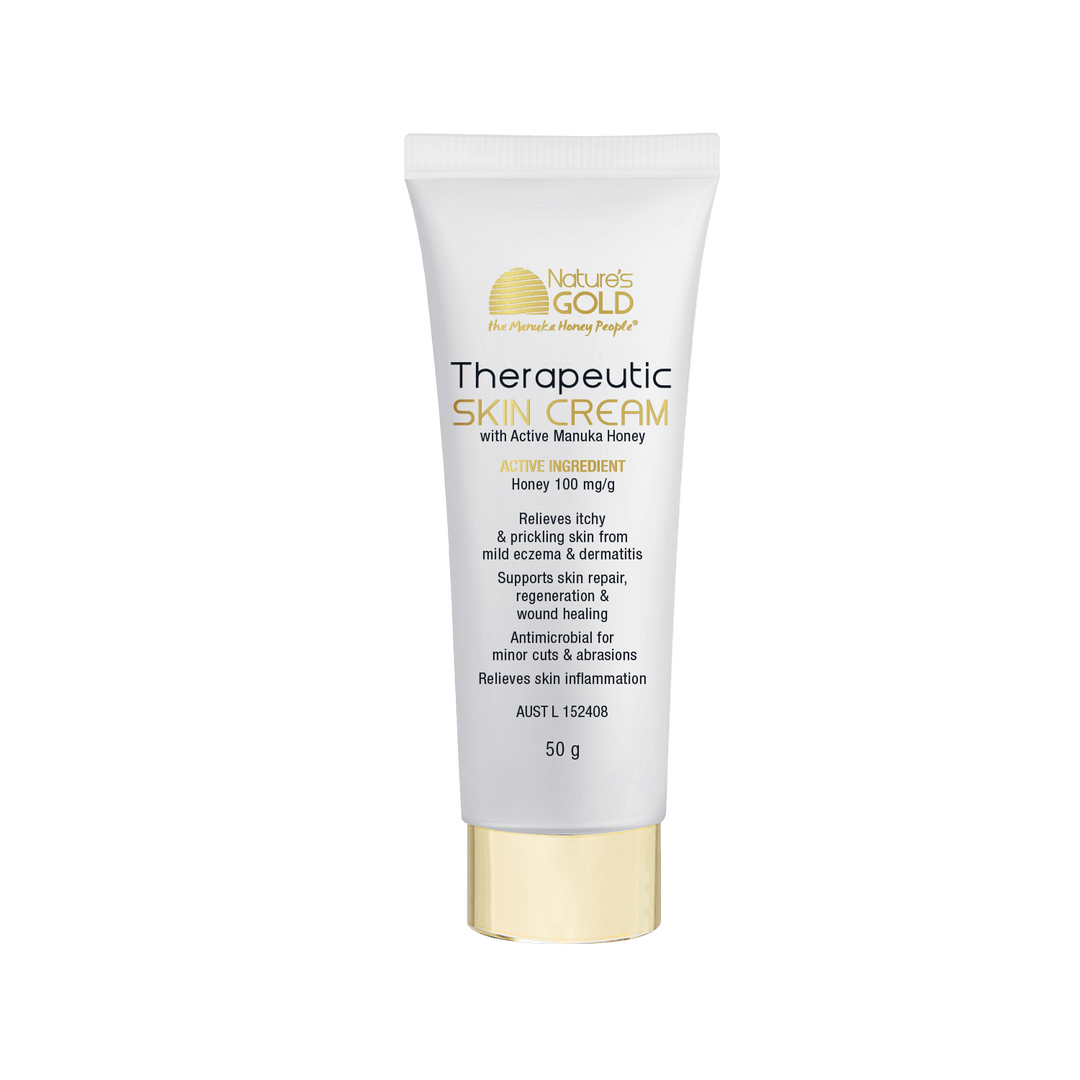
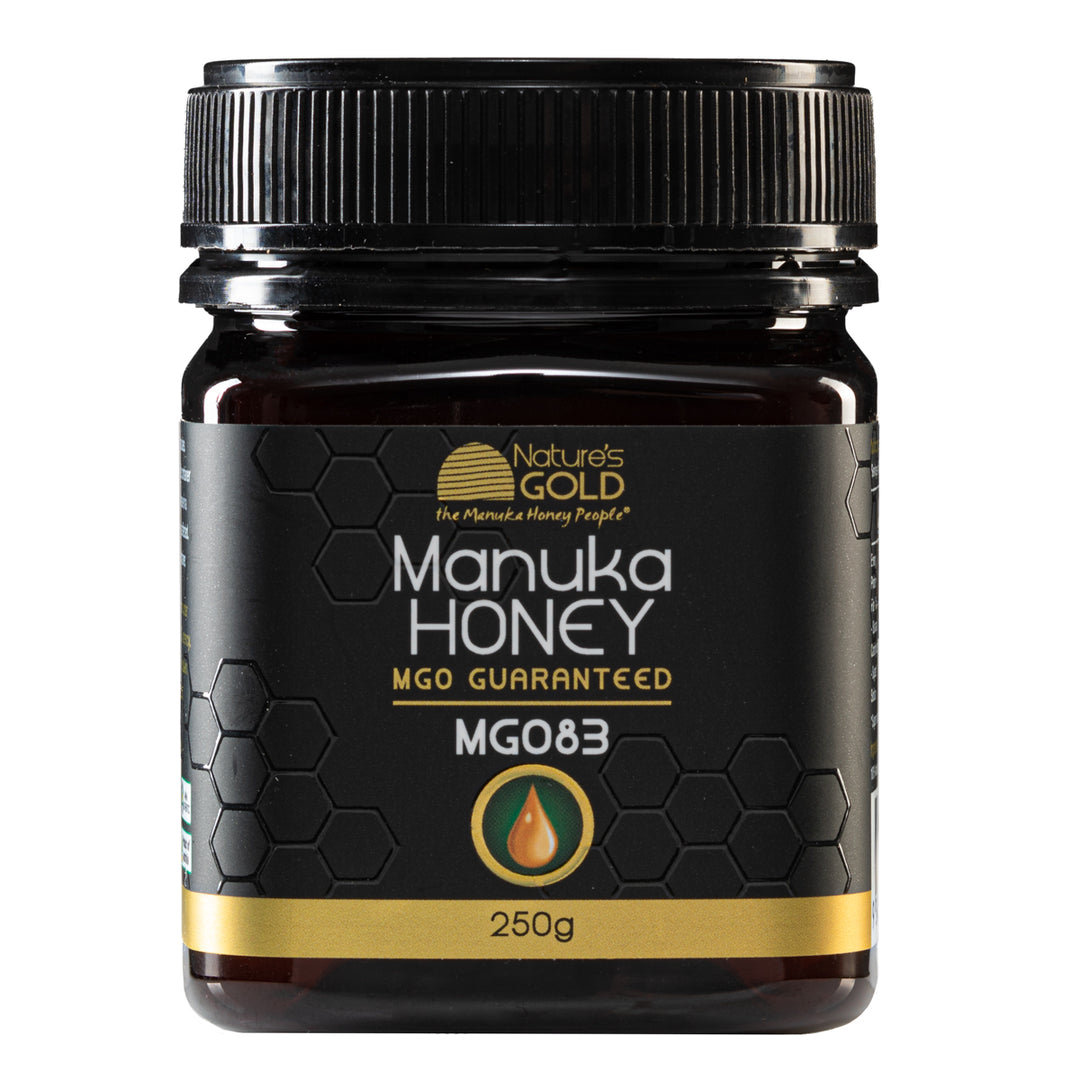
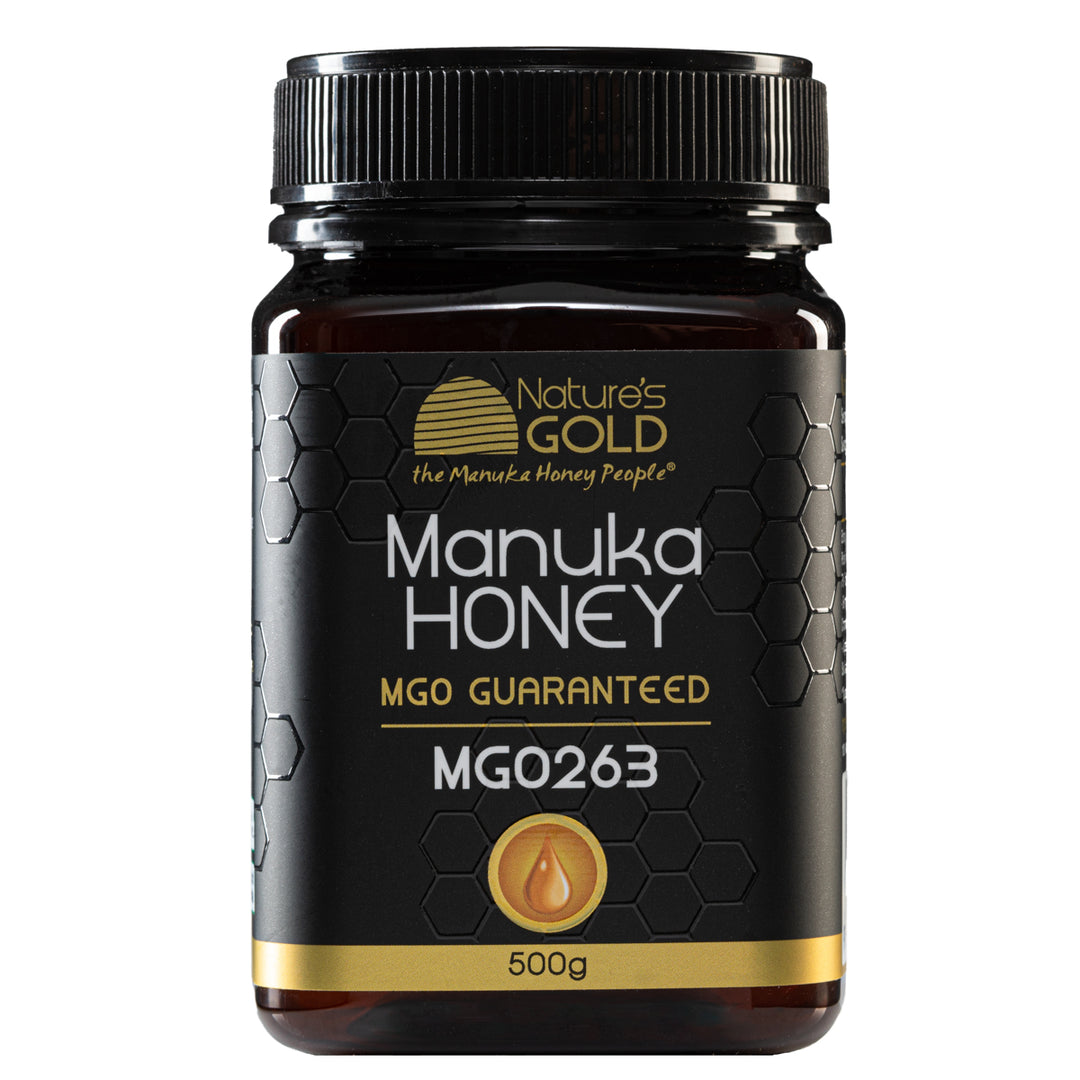
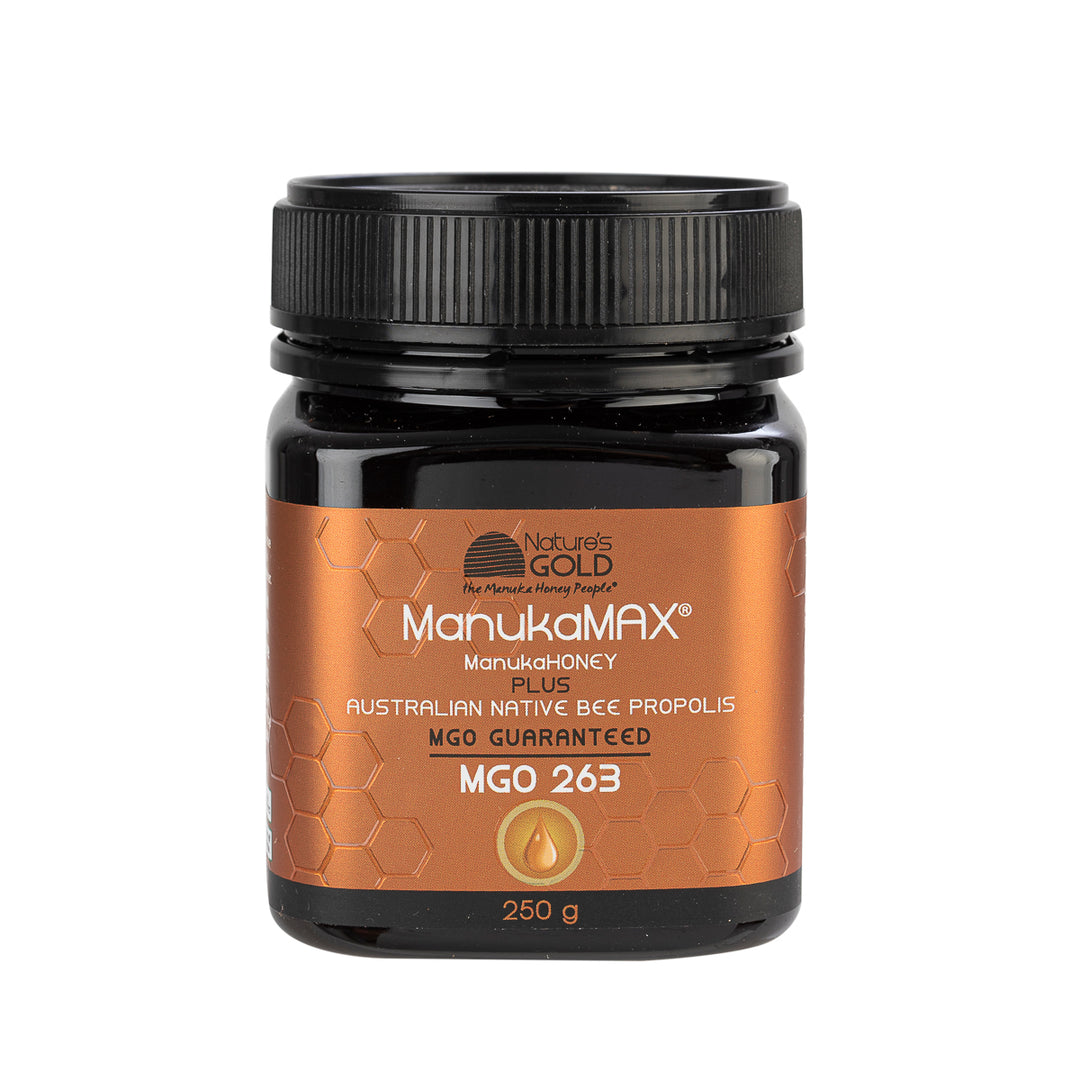
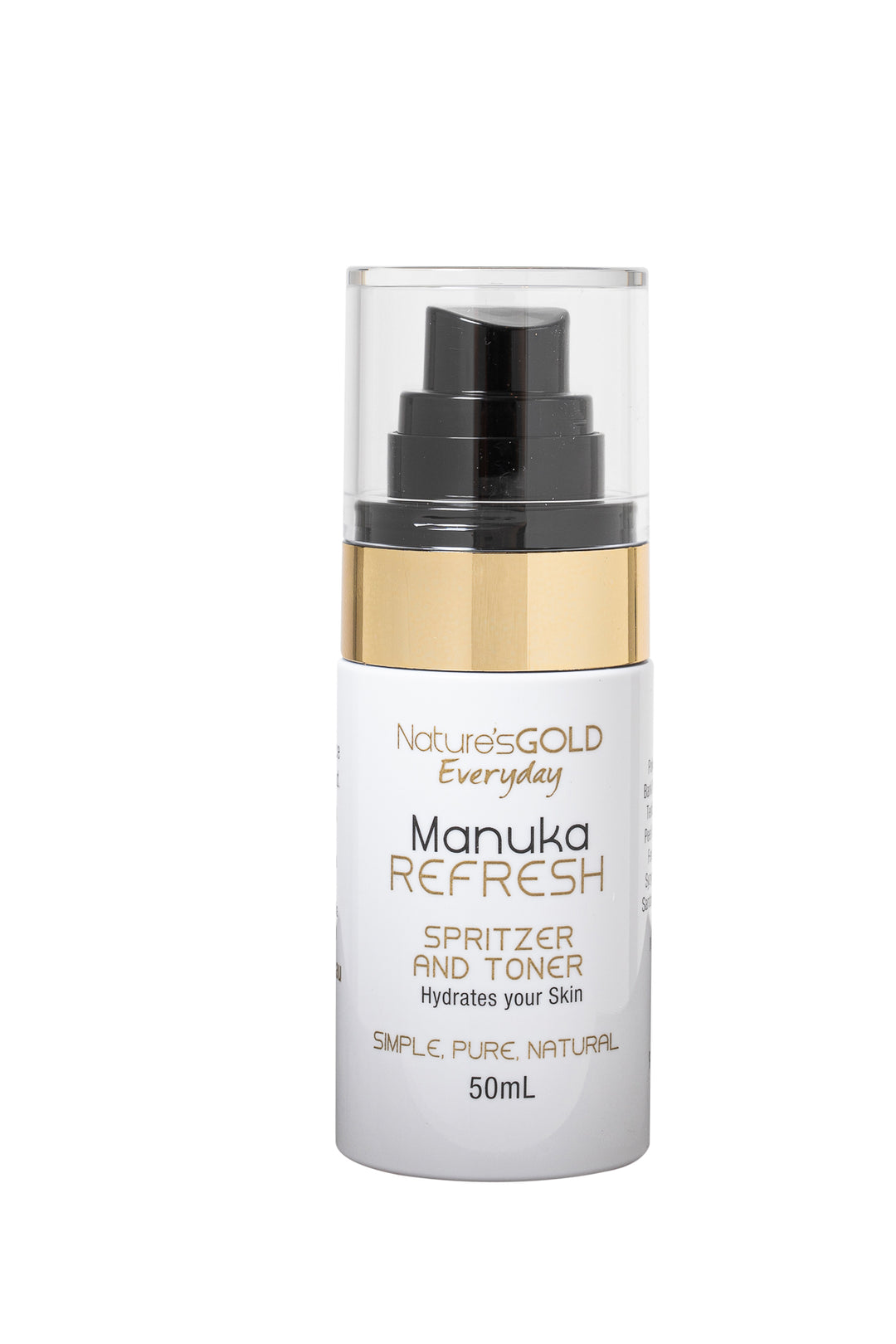

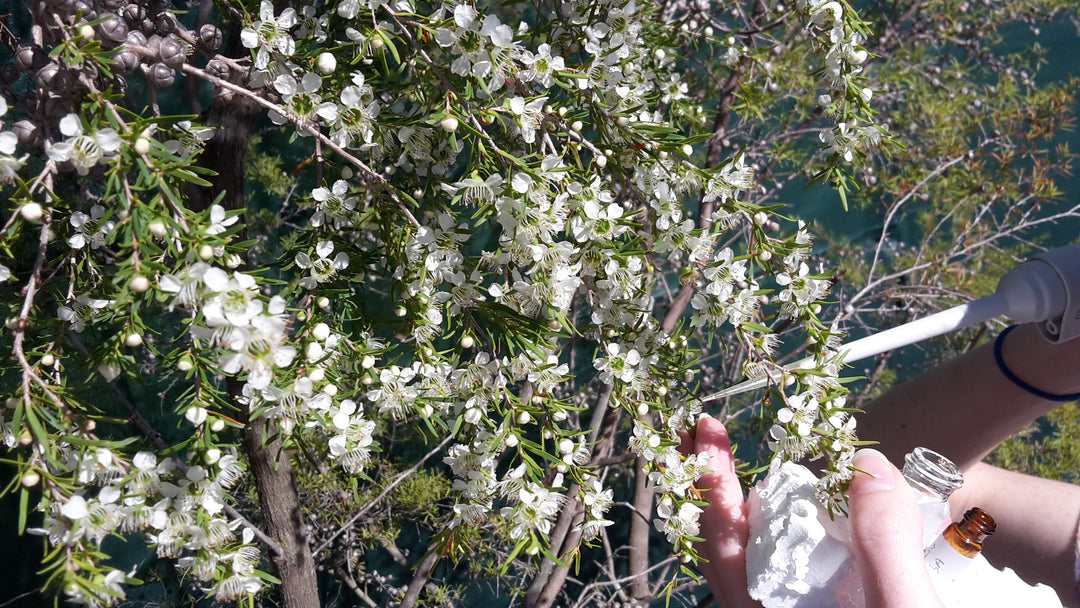
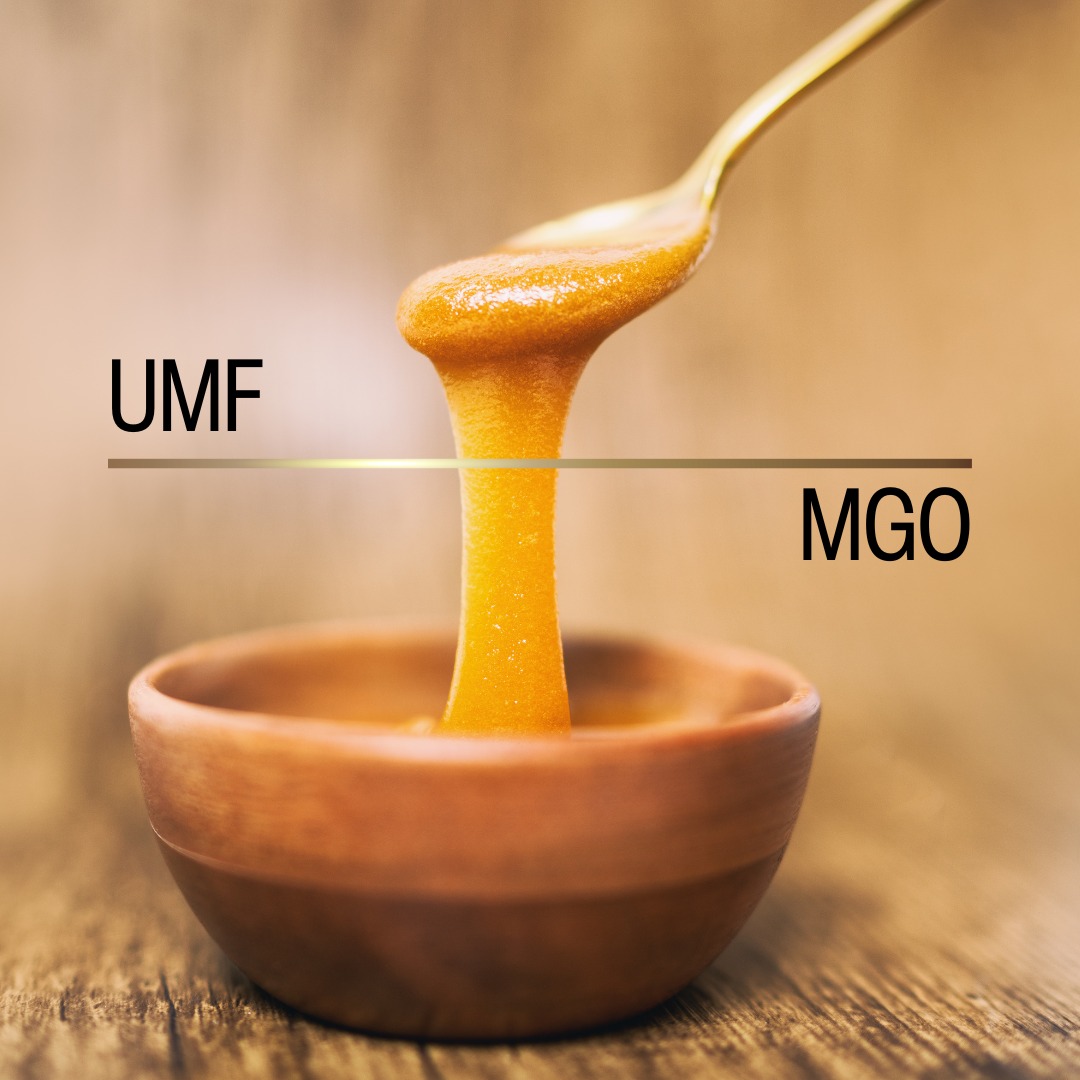
Love this honey I have been having it for my arthriste and any sign og a cough or sneeze I used on my late husbands foot after surgery healed beautifully.Use on cut or scratches
Leave a comment